13 Classic Movie Opening Sequences
Raiders. Manhattan. Suspiria. Jeff looks back at ten of the most distinctive, unforgettable opening sequences in cinema’s history…
This article comes from Den of Geek UK.
In fishing terminology, it’s the hook. In literature, the prologue. In teacher lingo, the ‘mental set.’ Call it what you will, movies also have methods to lure in audiences within the first several minutes.
Some of these set pieces are so meticulously orchestrated and satisfying in and of themselves that they even threaten to outweigh the rest of their respective flicks. Here are the classic opening sequences you shouldn’t be without.
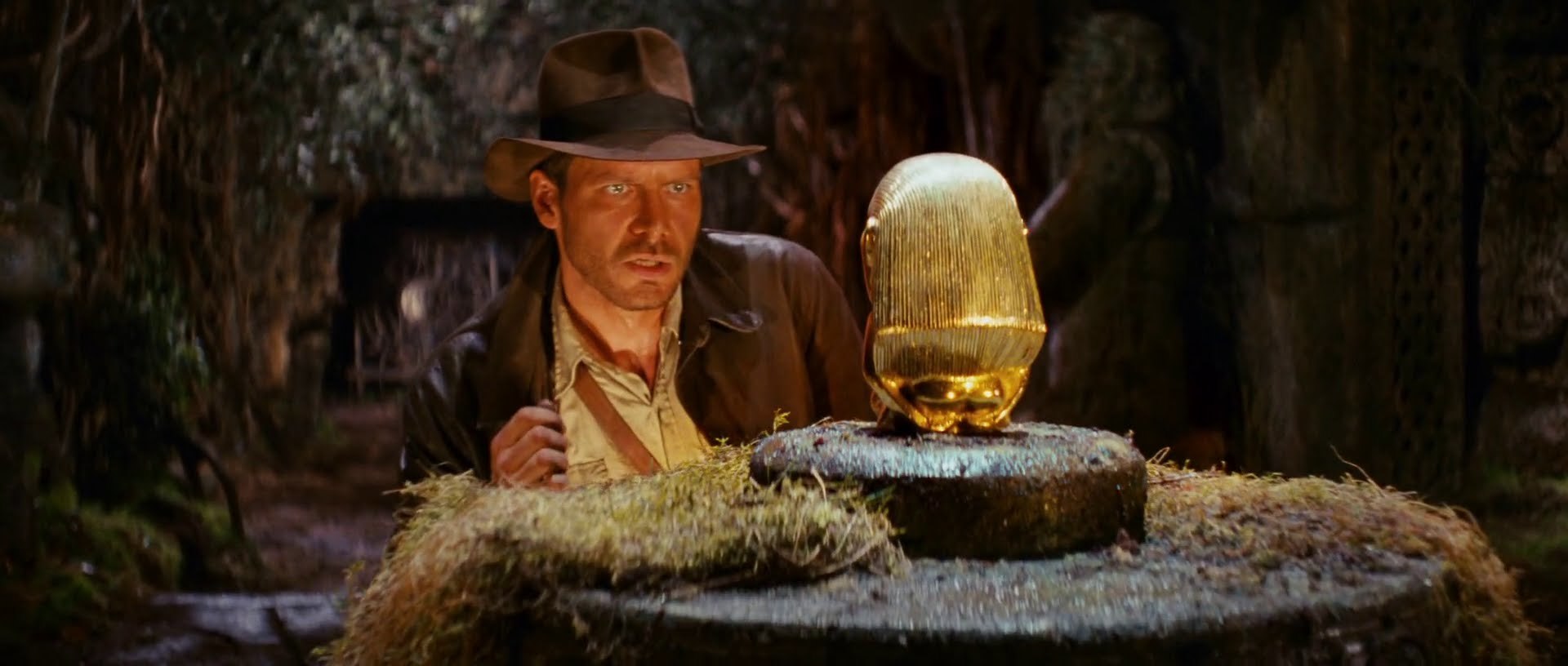
Raiders Of The Lost Ark
The Indy series is more or less Steven Spielberg’s attempt to one-up James Bond (directorially speaking), with each of the movies aping 007’s opening set pieces, while not being explicitly tied to the main narrative.
Temple Of Doom probably wins the award for most ridiculously excessive, but Raiders is the best of the bunch, establishing iconic imagery for the rest of the series. The dissolve from the Paramount logo to the real deal in Peru. The slow reveal of our hero through images of whip, hat, and jacket. Michael D. Ford’s gorgeous, Oscar-winning ‘Temple of Warriors’ set. John Williams’ nervy music, which culminates in a heroic burst of the main march. All brilliantly cut together by Michael Kahn.
The sequence crams the best dangers of the series into one dense nugget of cinema: the Chachapoyan fertility idol, tarantulas galore, a bottomless pit, flying arrows, and everybody’s favourite giant spherical boulder.
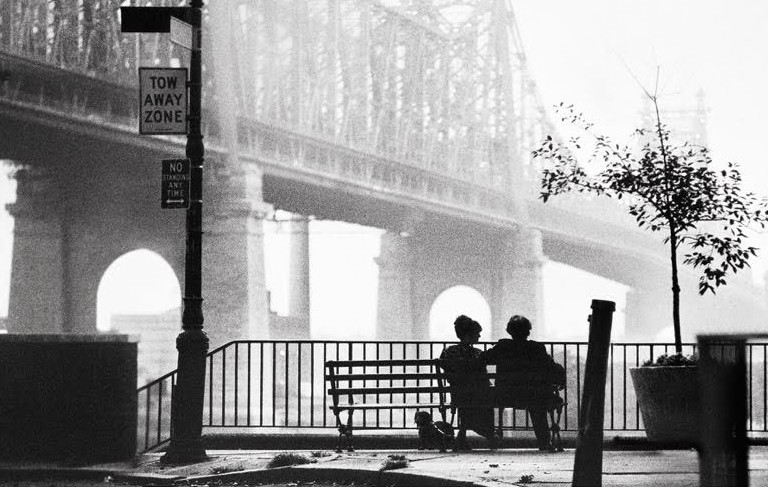
Manhattan
The first three minutes and change of Woody Allen’s Manhattan open with such a bang that the following movie, great as it is, feels anticlimactic. Sure, those opening minutes are nothing more than a montage of New York cityscapes, alternately vast and intimate, but it’s rendered beautifully by photographer Gordon Willis. It’s put to Woody Allen’s amusing voice-over narration and Gershwin’s “Rhapsody In Blue.”
A similar (and equally effective) trick was done to open Sidney Lumet’s Dog Day Afternoon. This time, the song is Elton John’s bluesy “Amoreena,” and the random smattering of New York summer street life serves to give a sense of place and time to a movie that is otherwise claustrophobic in its setting.
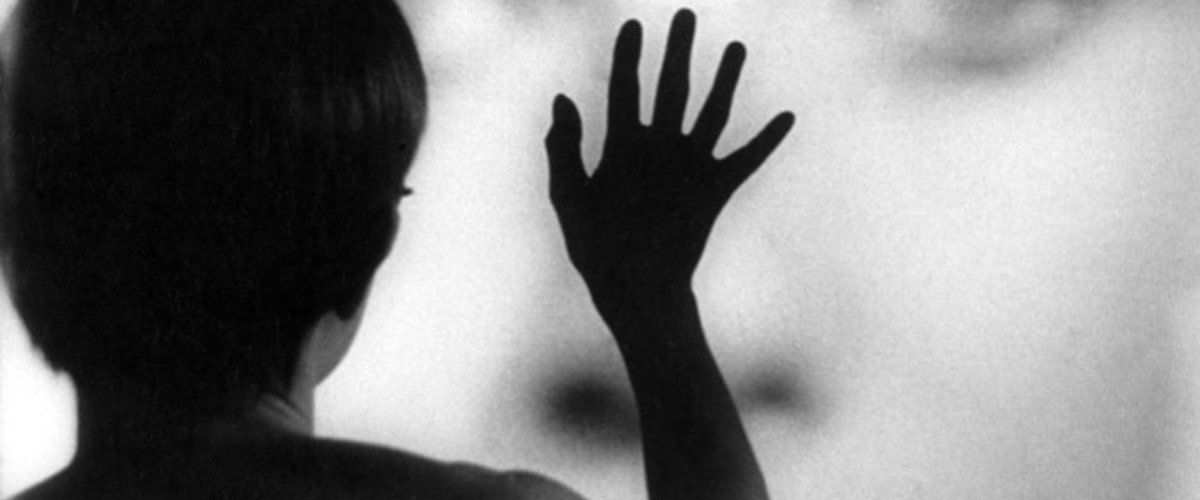
Persona
What to make of the pre-title sequence from Ingmar Bergman’s perplexing Persona? Roger Ebert tried, suggesting that it “is starting at the beginning, with the birth of cinema,” whatever that means.
The sequence commences with a lamp warming up, and an explosion of light and sound as film gallops through a projector. A series of seemingly disconnected images follows: an upturned piece of animation, a child’s hands, a silent film with a ghoulish skeleton, a tarantula, the slaughter of a sheep, a hand being nailed into a table. And then it gets really weird.
Although it seems like the sort of esoteric thing to delight pretentious intellectuals and film students, there’s something undeniably potent about this influential collage of sound and image, and thankfully, no definitive interpretation.
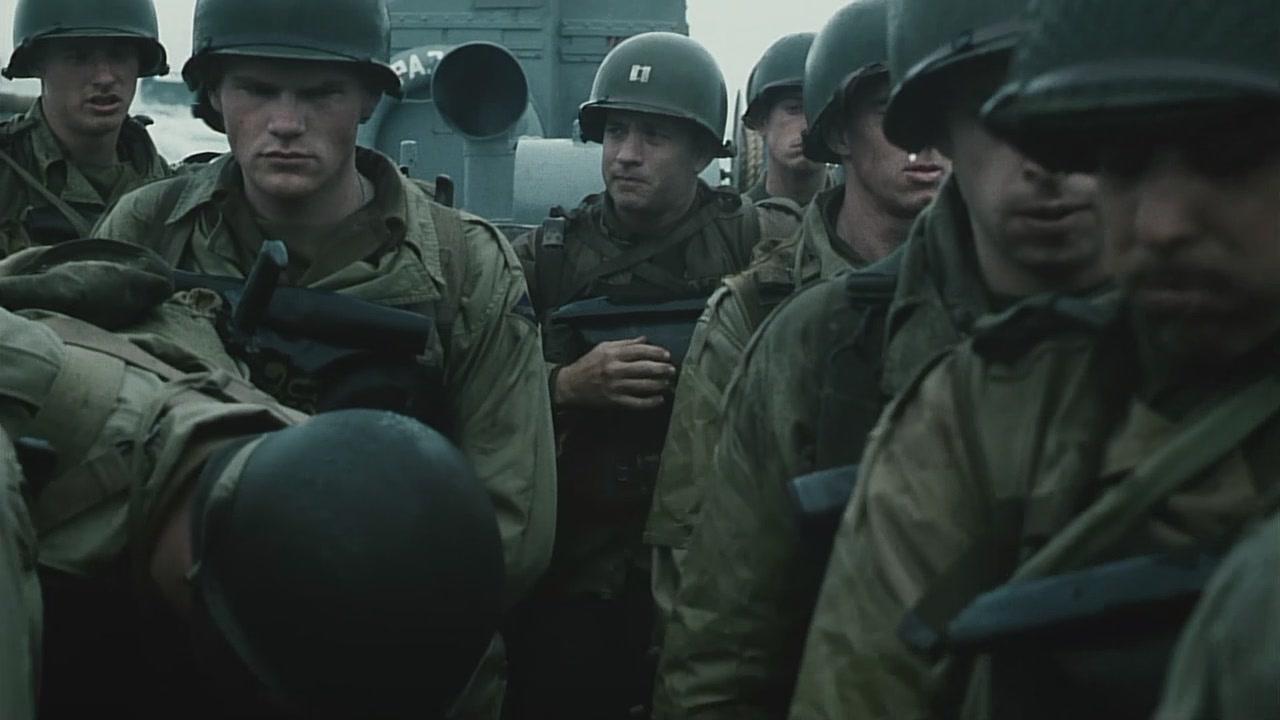
Saving Private Ryan
Steven Spielberg could have stuck some end credits right after the D-Day sequence that opens the movie and it still would have been one of the director’s best works. The use of various film stocks and speeds to create the illusion of a historical event captured in its ‘reality’ has been copied in a multitude of lesser flicks. That being said, the yin to this yang is the bookending sequence in the present day, which just doesn’t work.
Dramatically, we don’t relate to the older man coming to the cemetery, and his final question – whether he’s earned his life – is yet another example of Spielberg going into such overzealous overdrive to pluck heartstrings and wring tears from his audience that it nearly threatens to demean the preceding film.
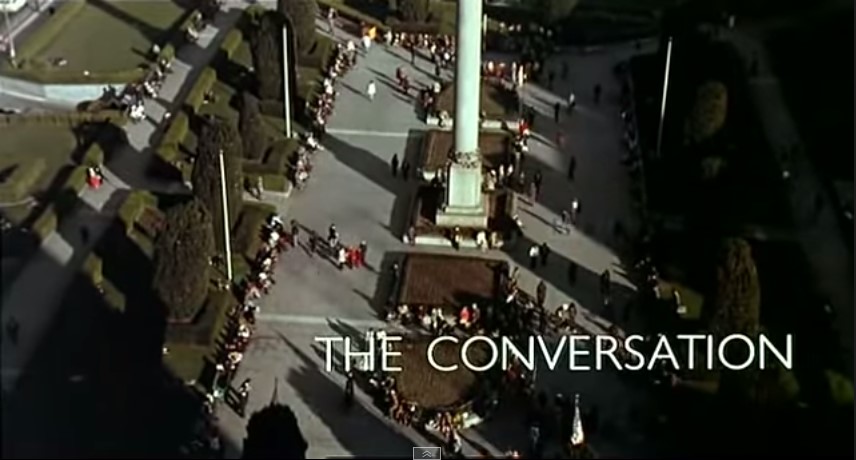
The Conversation
Coppola’s often-overlooked masterpiece (sandwiched between the first two Godfather movies) has Gene Hackman at his best in a deeply unsettling character piece, complete with a creepily flat cameo from Harrison Ford. Hackman plays Harry Caul, a sound recordist and professional eavesdropper.
The movie opens with a slow zoom into a San Francisco park, lazily tracking various people and conversations. It’s a pièce de résistance for editor and sound designer Walter Murch, who distorts the sound as we gradually reveal that this is a piece of aural espionage. Hackman and his cohorts are secretly recording a conversation for a client from several different angles. But the point-of-view remains ambiguous as even the surveillance team is unsure of the content of the conversation they’ve recorded, patched together from several sources.
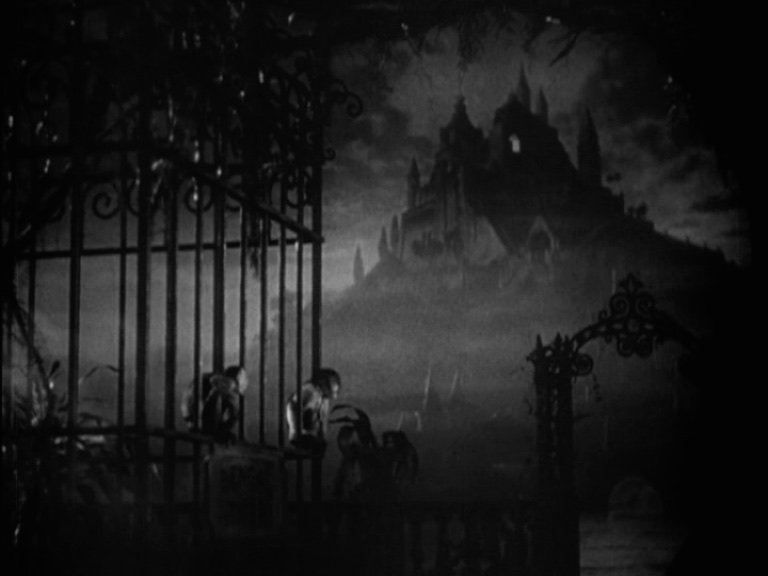
Citizen Kane
It’s not just the series of dissolves up to the haunting Xanadu, or even the snow globe and Kane’s dying ‘Rosebud’ that merit inclusion, but the whole ‘News on the March’ sequence that puts Kane’s life (and, essentially, the rest of the movie) into chronological order. Welles faithfully replicates the style of newsreels of the day, and viewers who might have been thrown by the leaps in narrative are treated to a concise overview of the film to come.
Groundbreaking in its day, it’s the stuff that film school lectures are made of.
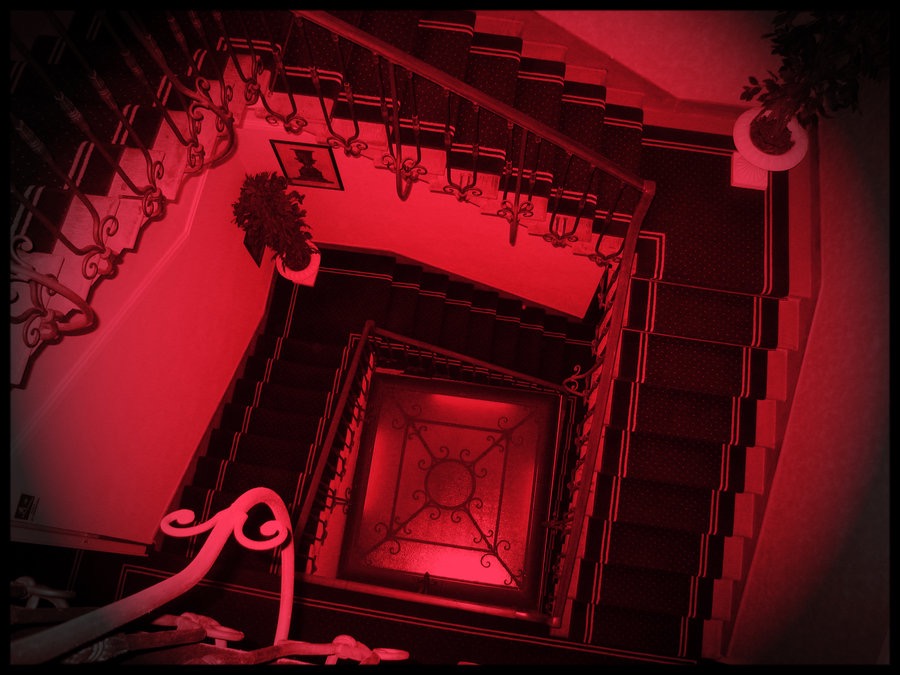
Suspiria
“The Only Thing More Terrifying Than The Last 12 Minutes Of This Film Are The First 92,” is the verbose and awkward tagline. Or, perhaps better put, “The best part of this movie is the first fifteen minutes.”
Suspiria never had the world’s strongest plot, and the details of the opening are sketchy at best. Jessica Harper arrives in stormy Germany to attend a ballet school. She gets there only to find another student running away to a friend’s apartment – both are later disposed of in a sequence that involves the extreme close-up of a heart being stabbed, one girl being hung, and large pieces of broken glass killing her friend.
Depending on how you look at the opening sequence, it might also classify as the best music video ever made. Goblin’s incessant, off-the-wall score of screaming, pounding drums, and the recurring ‘witch’motif, along with Dario Argento’s hyperbolic use of color and wild composition, completely saturates the audience.
Gory as it is, Argento demonstrates a knack for creatively killing off characters. And for once, the lack of narrative clarity actually enhances the experience.
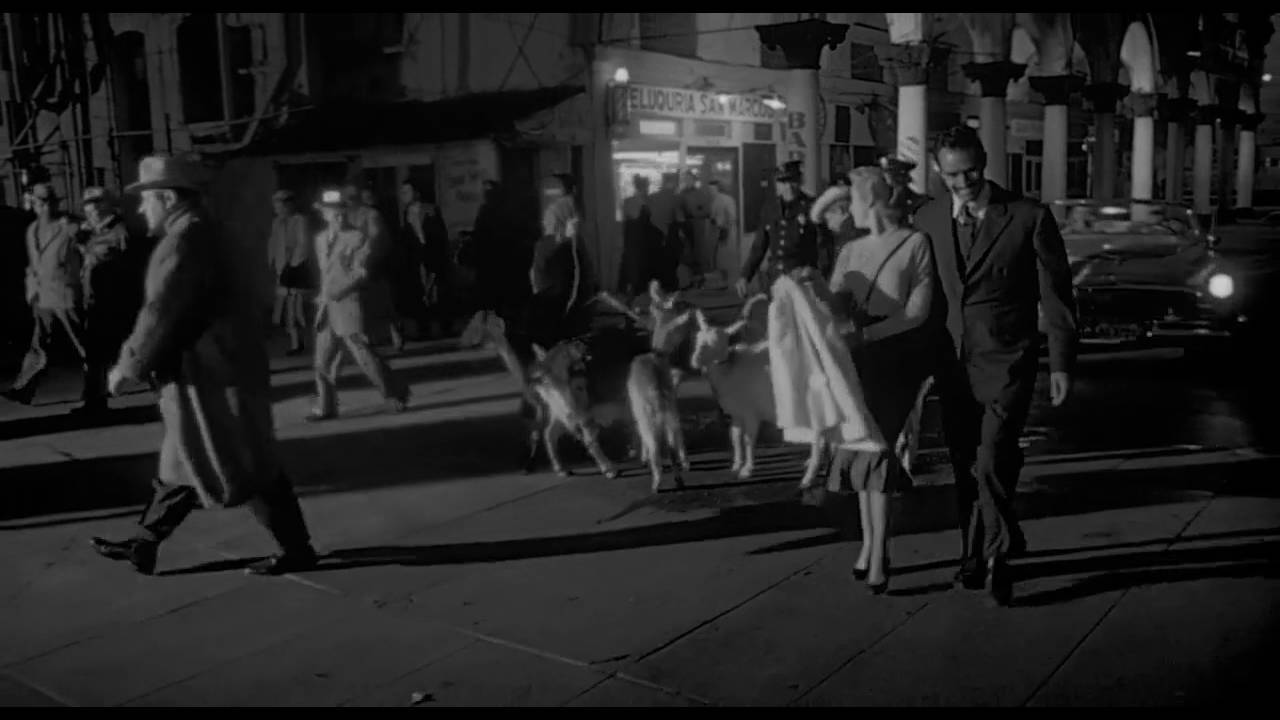
Touch Of Evil
The brilliantly executed opening sequence, one long take dipping in and out of city streets as we follow a car (with bomb planted) across the US/Mexican border to an explosive conclusion, is the stuff ‘pure’ cinema is made of. Welles’ original intent is lost in the original cut, which was topped up with Henry Mancini’s pulsing music and superimposed titles (it would have made a list of Top 10 Title Sequences – dibs on that one, by the way).
Walter Murch, who years later re-edited the movie to Welles’s specifications, comments extensively on this in his book-length interview with Michael Ondaatje, The Conversations: Walter Murch And The Art of Editing Film. “Welles…wanted a different soundtrack, something composed of snatches of source music – from brothels, cantinas, car radios, tourist traps – that shift and blend into each other as the camera drifts through the streets of this border down. The aural equivalent of the camerawork, in other words.”
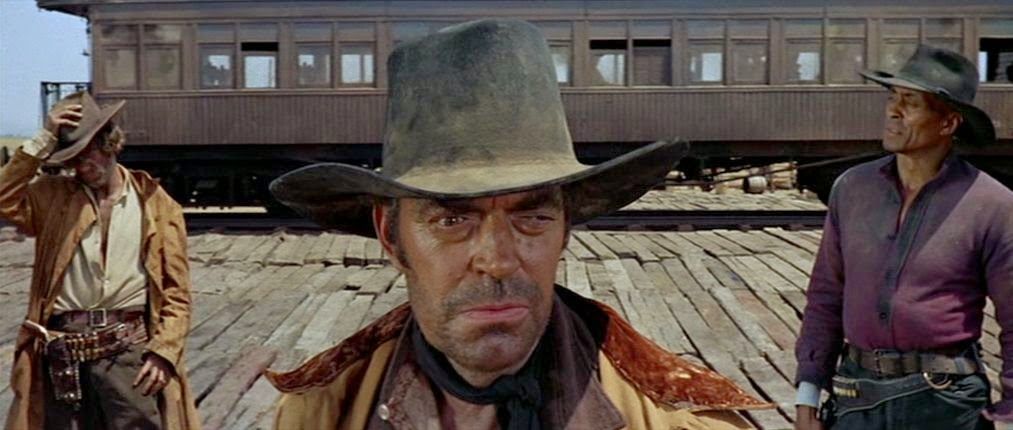
Once Upon A Time In The West
The antithesis of a Michael Bay action montage that moves too quickly to comprehend, Once Upon A Time In The West’s opening sequence clearly defines a sense of space and sets a controlled, menacing rhythm. It recalls the opening of High Noon, but extends it into the realm of hyperbole, with results that are poetic.
This, the crown jewel of the Sergio Leone canon begins with barely any dialogue over fifteen or so minutes as three bad dudes (Jack Elam, Woody Strode, and Al Mulock) wait for the arrival of a train so they can knock off Charles Bronson’s ‘Man with a Harmonica.’ We know they’re bad because they look bad. Leone allows these men to move with an eerie purpose, and gives us lingering close-ups of their eyes and faces flecked with grizzly stubble.
Completely absent is Ennio Morricone’s magnificent score. In its place is an array of sounds that accentuate the sparse landscape and menacing antagonists: buzzing flies, the crackle of knuckles, the patter of water drops against a wide brimmed hat, and boots clunking against a sea of wooden beams. There’s a veritable textbook of exemplary widescreen composition (almost painterly in quality), angles, editing, and sound effects at work here.
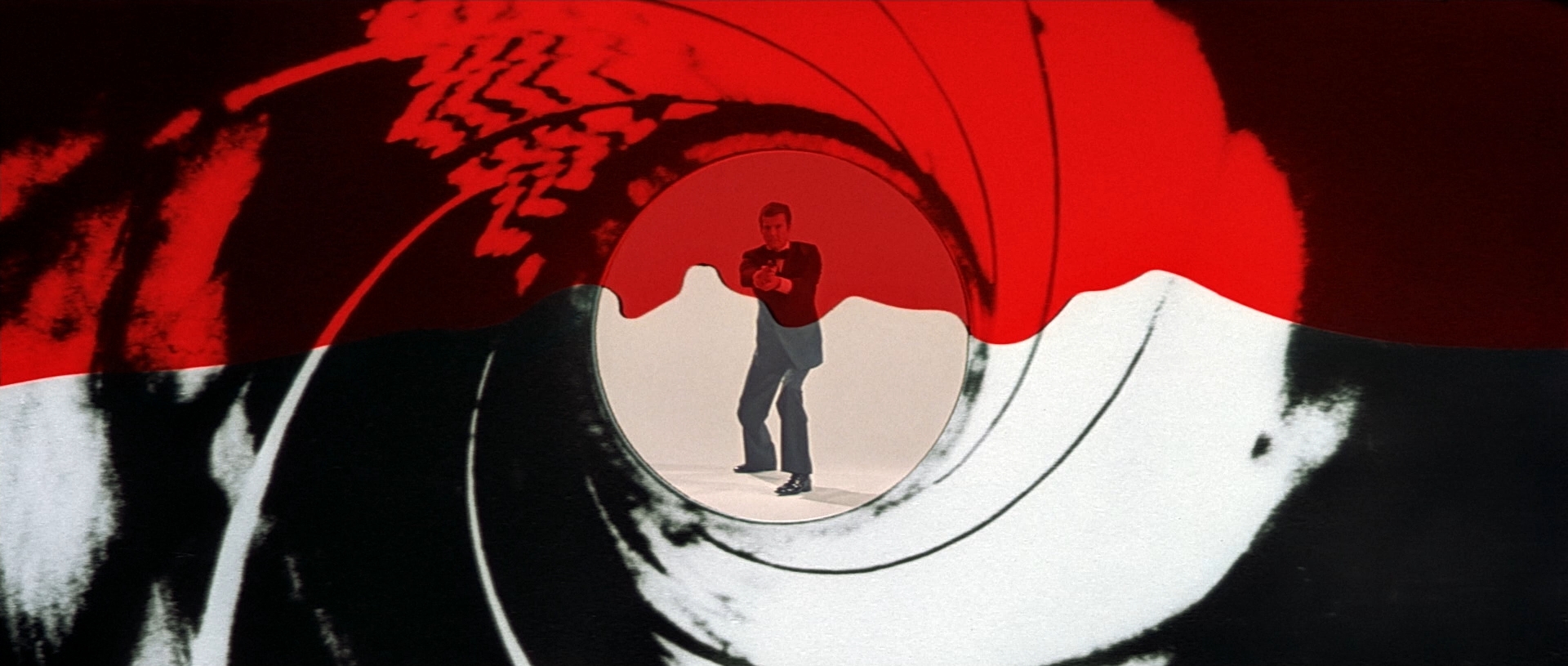
The James Bond Series
The franchise that brought the opening sequence to new heights of action and kitsch. Part and parcel of the sequence is the infamous ‘gun barrel’ signature, but which of the Bonds to choose from? Moonraker features a thrilling dive from an airplane and struggle for a parachute that ends with Richard Kiel’s seemingly unkillable Jaws crash-landing on a circus tent. From Russia With Love opens with Bond’s seeming assassination. For Your Eyes Only sees Bond getting kidnapped in a helicopter, and ends with an unnamed Ernst Blofeld being dumped down a factory silo.
The reboot of Casino Royale also merits praise for the shift in tone away from camp to a gritty black-and-white backstory. Heap on any of Maurice Binder’s series of sultry title sequences, and what more could you ask for? A new Bond film, perhaps.
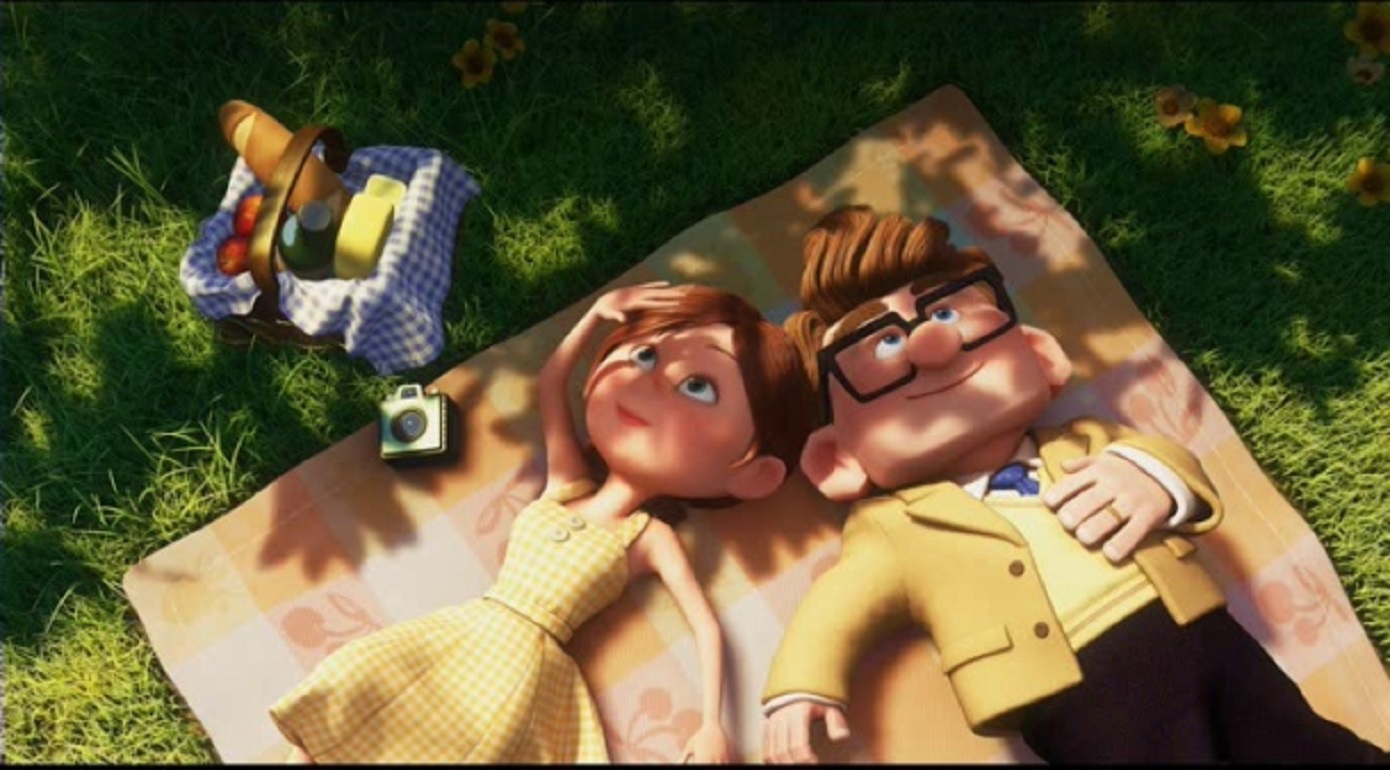
Up
Possibly the only film that can reduce anyone to tears in the first few minutes – Up‘s potted story of Carl and Ellie’s entire life has become a cultural milestone since it came out in 2009. Described variously as “a masterclass in narrative exposition” (The Guardian), a “heart-wrenching rollercoaster of emotions” (CinemaBlend) and a sequence that leaves us “a weeping husk of a man” (Den Of Geek), it’s an almost unbearable watch – working as a beautiful stand-alone short film about life, love and loss.
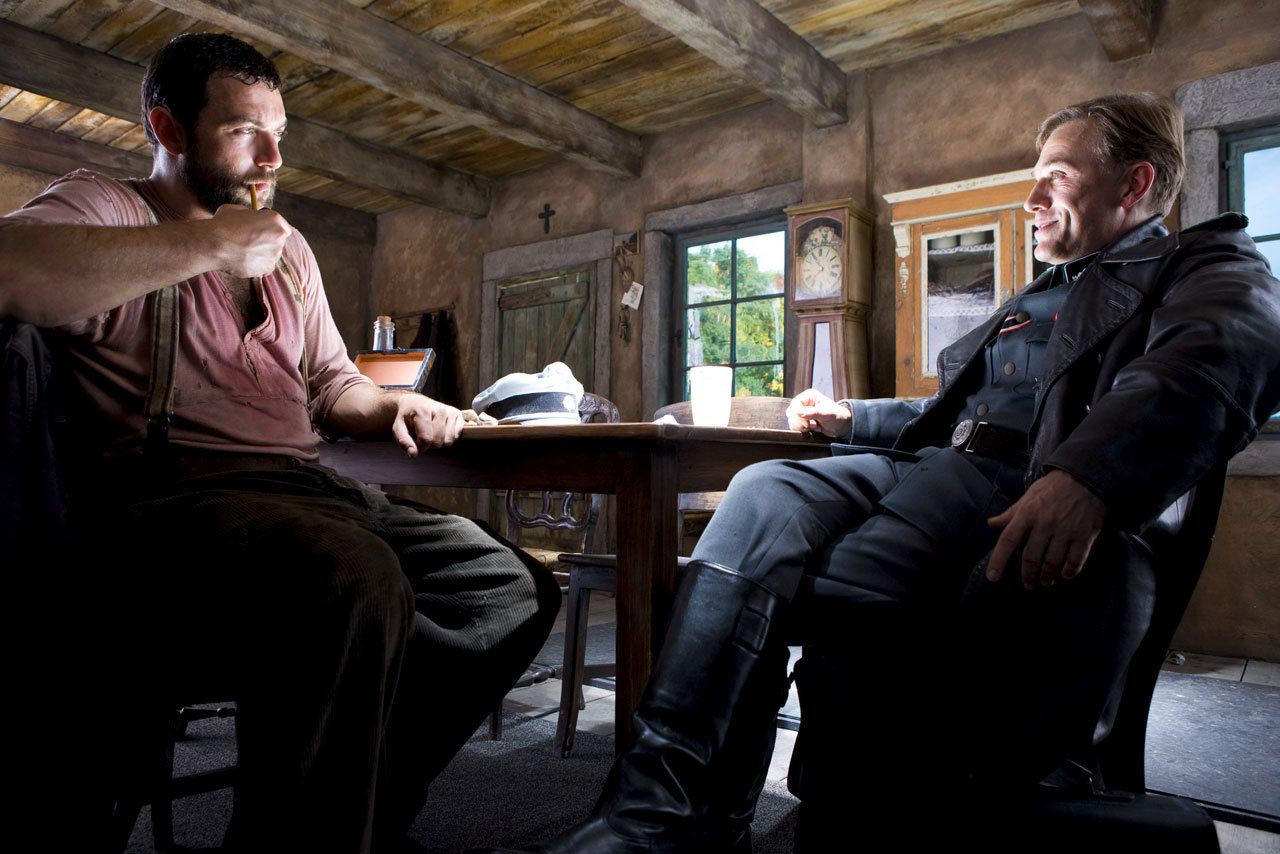
Inglourious Basterds
Talking of opening scenes that work as short films, Tarantino’s nod to Once Upon A Time In The West‘s opening tries to out-Leone Leone with a mini-masterpiece that stands apart from the rest of the movie. Arguably the best scene in the film (and one of the best that Tarantino has ever shot), the opening to his revisionist WWII revenger plays out without any of his usual flourishes. Still and quiet in the extreme, the opening introduces us to the smiling Nazi colonel Hans Landa (Chrisoph Waltz) as he calmly interrogates a French farmer. The fact that we know what the farmer is hiding – and that we know that Hans knows too – makes it all the more chilling.
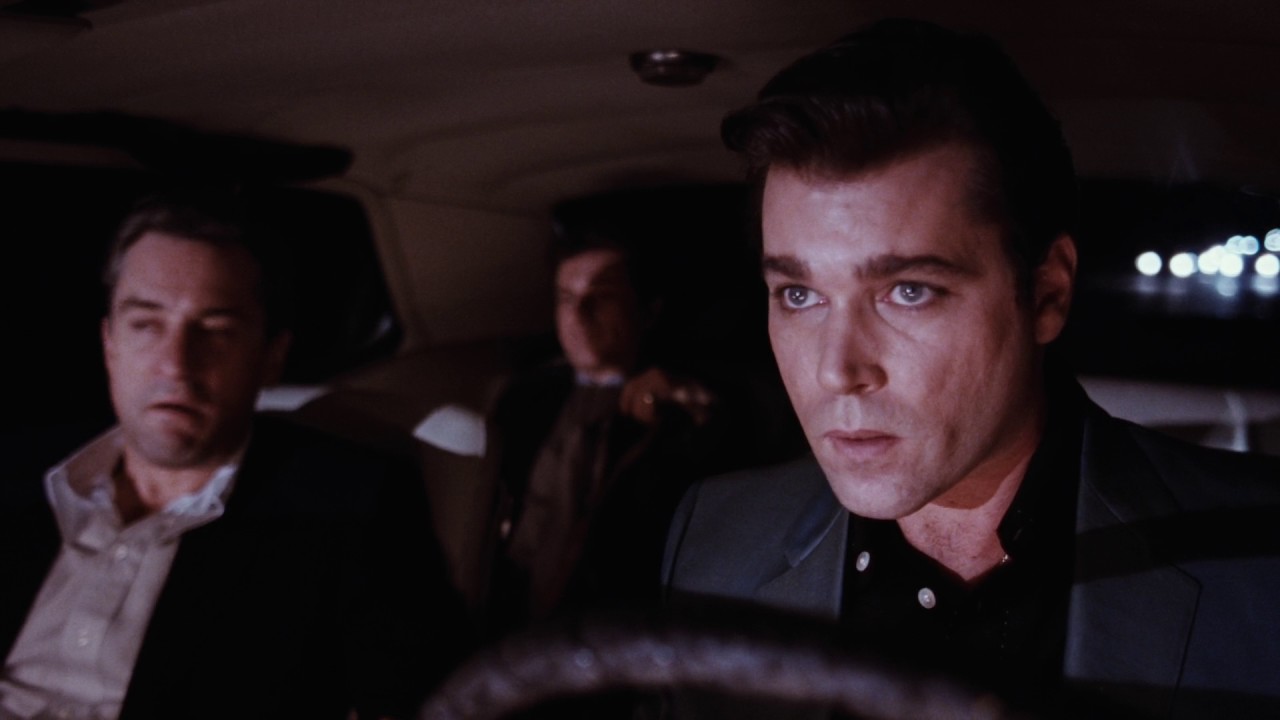
Goodfellas
The best opening scenes reveal everything you need to know about the film. An interrupted car journey, a quick search of the boot, a savage stabbing, and one of the most exhilarating jump zooms in history sum up Martin Scorsese’s opus in a few short minutes. The fact that it all looks (and sounds) so damned cool is all part of the comment that Goodfellas is making. As soon as we see a man being horrifically murdered, Scorsese gives us virtuoso camerawork, punctuating voice over dialogue and a cracking Tony Bennett song.
Maybe we want to be gangsters when we grow up too? No, wait, we really don’t.